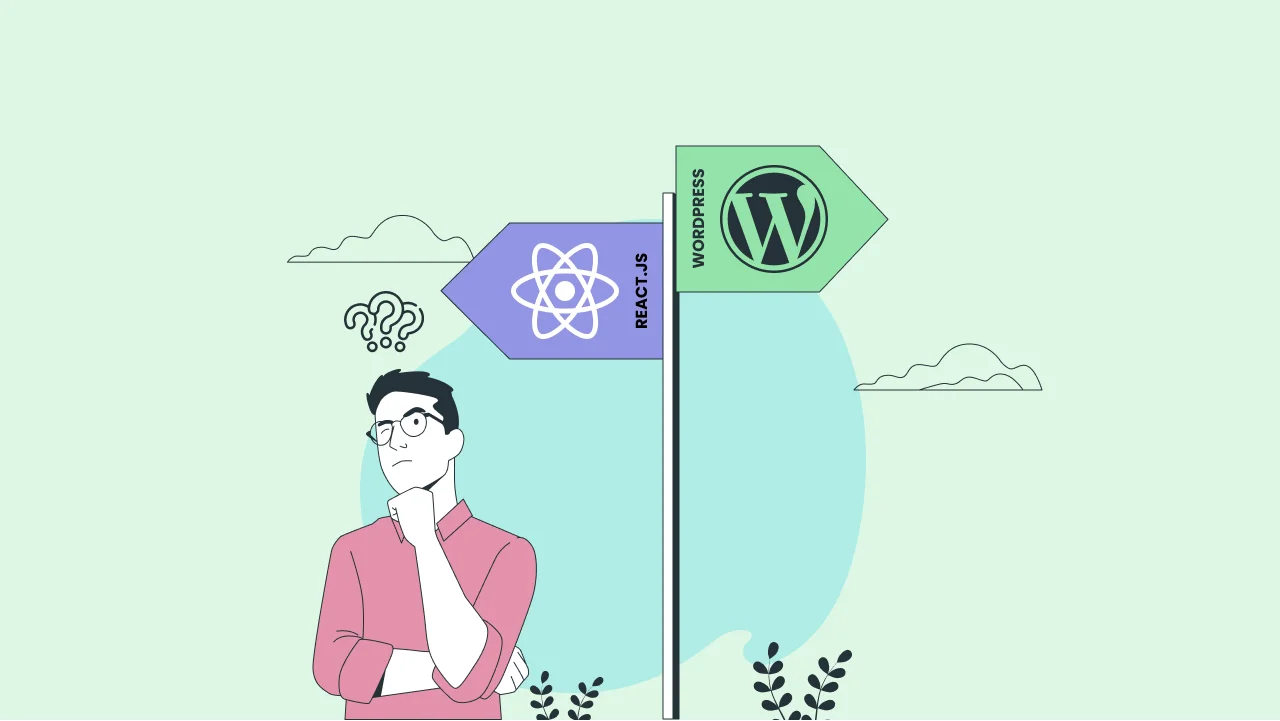How do you make your Drupal website faster and more responsive?
This is a common concern that most Drupal users and developers face, especially as their websites grow in size.
Drupal is a well-built and flexible CMS. It has a potential to manage multiple content styles and functionalities.
Apart from this, it also needs optimization and configuration to guarantee optimal performance and user experience.
We have come up with super useful tips that will help you customize, speed up and improve Drupal performance.
Initiate Cache Clearing
Cleaning is always a good idea – may it be home or server!
One of the best ways to boost your website performance is to clear the cache regularly.
Cache is a temporary storage that saves pre-generated data, such as HTML pages, images, and scripts, to deliver them faster to the users when they request them.
However, cache can also become outdated, corrupted, or overloaded, which can slow down your website and cause errors.
By clearing the cache, you can remove the old and unnecessary files from your server and make room for new and updated data. This can increase the speed and reliability of your website and improve the user experience.
There are different methods and tools that are used to clear the cache, depending on the website platform and configuration.
Some of the common options are:
-
→ Page caching
The whole of the HTML output of a page is cached and served to users. It is done via bypassing the Drupal bootstrap process along with minimizing database inquiries.
Process
Configuration > Performance > Cache pages for anonymous users
-
→ Block caching
It caches individual blocks. Later, it presents them to both authenticated and unknown users to reduce the delivery time of each block.
Process
Structure > Blocks > editing each block’s settings
-
→ Views caching
It caches the query results of views that are advanced lists of content generated by the Views module.
They are resource-intensive and therefore, caching them instantly improves website performance by 38.6%.
Process
Structure > Views > Editing the settings of each view
-
→ Dynamic Page Cache
It caches the parts that are customized for each user, including
- Header
- Footer
- Sidebar
-
→ Internal Page Cache
It works in a similar way as page caching works but includes both authenticated as well as anonymous users.
It caches the whole of the HTML output of a page. It also has users with similar roles and permits. However, it is important to consider that it bypasses the Drupal bootstrap process and lessens the database queries.
Aggregate CSS and JavaScript Files
Aggregation is a technique used in increasing the speed for Drupal websites apart from minimizing the number of HTTP requests.
It conglomerates various javascript and CSS files into one to aid the browser for faster download processes, thus increasing the performance hotfoot.
-
→ CSS aggregation
It combines all the CSS files into a single one and compresses it to remove marked queries and extra whitespace.
Process
Configuration > Performance > “Aggregate and compress CSS files”.
-
→ JavaScript aggregation
It combines the JavaScript files into one and optionally compresses it.
Process
Configuration > Performance > “Aggregate JavaScript files” option.
Optimize Images
Images occupy a large portion of the website. Therefore, it is of utmost importance to optimize it in order to improve the website performance. It can be simply done by changing the dimension and reducing the file size of the images. Drupal offers options for increasing the website performance.
-
→ Image styles
It allows you to
- Crop
- Scale
- Rotate
- Resize
the images just to fit into the website layout perfectly.
Process
Configuration > Media > Image styles.
-
→ Image optimization modules
Techniques to help you optimize the images –
- Lazy loading
- Responsive images
- Progressive loading
- Lossless or lossy compression
Use a CDN
Drupal offers options to help you integrate your website with a CDN and boost website performance. A Content Delivery Network or a CDN, is a network of servers distributed across geographic locations that can deliver website content faster and effectively to the users.
A CDN can instantly boost up performance by reducing the latency and bandwidth between the server and the users. It is done simply by caching out on static content like Javascript, CSS, images on servers.
-
→ CDN module
It uses CDN service or provider like
- Cloudflare
- Amazon CloudFront
- Akamai
to distribute static content faster to users.
Process
Configuration > Media > CDN.
-
→ Cloudflare module
It allows you to use Cloudflare, a popular and free CDN service, to deliver the static content faster and more efficiently to the users.
Process
Configuration > Media > Cloudflare.
Make use of Reverse Proxy
It is a server between the web server and the users. It can perform multiple tasks at the same time for improved website performance like
- Caching
- Encryption
- Compression
- Load balancing
A reverse proxy lessens the load on the server and speeds up the delivery of your dynamic content, such as HTML pages, PHP scripts, and database queries, to the users. Drupal offers various options and modules that can help you use a reverse proxy and improve your website performance.
-
→ Varnish
It is an effective reverse proxy which cache and serve the content more effectively. Varnish helps in drastically boosting up and scaling the web performance even for high-end traffic websites.
It can be installed and configured on the server to integrate with the Drupal website.
Additionally, the Purge module can be used to invalidate the cache post minor changes in the content.
Database Query Optimization
The website makes requests to the database in order to recover that data. It includes
- Content
- Configuration
- User information
Database queries are resource-intensive and time-consuming, especially for complex websites. Therefore, optimizing it can lessen the server load and boost performance.
-
→ Indexing
A technique curating and managing a data structure known as an index. It helps in sorting the database faster and better. Indexing can upgrade the website performance by deleting the extra database scans used for executing a query.
-
→ Query optimization modules
Optimize your database queries by applying techniques like
- Caching
- Filtering
- Pagination
- Aggregation
Well-known optimization modules:
-
→ Views
With views, it is possible to create and display dynamic lists of content, such as tables, grids, maps, and calendars, using a user-friendly interface.
Process
Structure > Views
-
→ EntityQuery
It generates and implements queries on entities that are basic units of data in Drupal.
It includes:
- Nodes
- Users
- Taxonomy terms
Additionally, EntityQuery API can be used in the custom modules to make and put into effect entity queries.
Using the above techniques, you can drastically sky-rocket your Drupal website speed.
Before that, it is important to note that Drupal 10 is here and Drupal 9 went out of support so it becomes important to upgrade to the latest version. We at cmsMinds, help you with hassle-free drupal migration services to make it easy and feasible for you.
Also cmsMinds Expands into Niche Web Design – Read here



